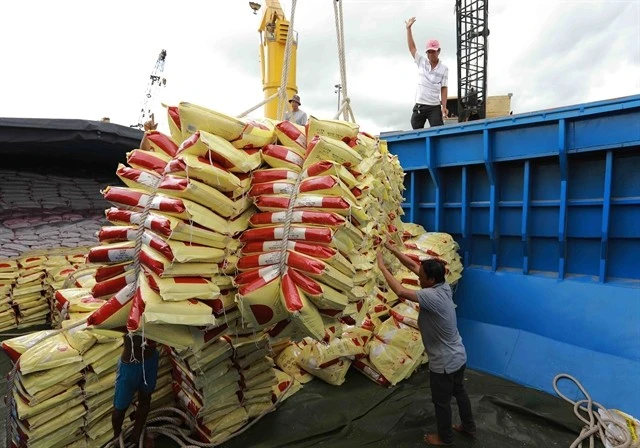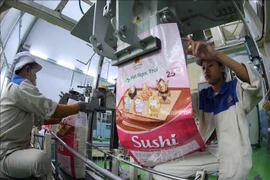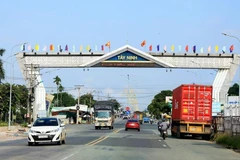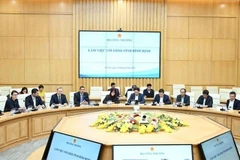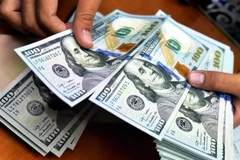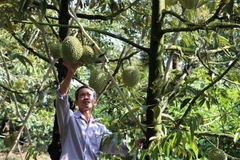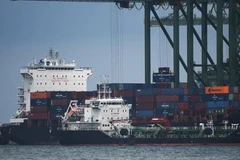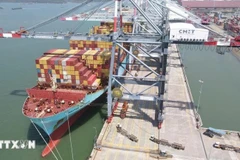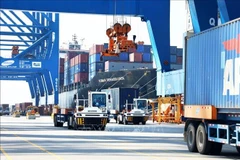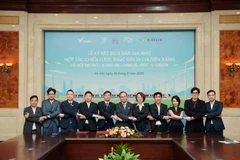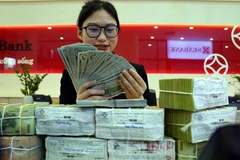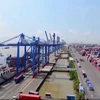Hanoi (VNS/VNA) - Bangladesh will import 100,000 tonnes of white rice from Vietnam under a cooperation agreement between the two governments.
This export contract was signed under the Government-to-Government (G2G) framework and will be supplied by the Vietnam Southern Food Corporation (Vinafood II), according to the Vietnam Food Association.
The selling price has been set at 474.25 USD per tonne, higher than the typical international market price for white rice, reflecting the stability in quality and the strong reputation of Vietnamese rice.
The purchase proposal from Bangladesh’s Ministry of Food was approved by the Bangladesh Public Procurement Authority in Dhaka on January 28, paving the way for the upcoming import activities.
The large-scale import of white rice from Vietnam is part of Bangladesh’s strategy to stabilise food prices, particularly as the country implements its Open Market Sales (OMS) programme starting in February.
Under this plan, the government will distribute around 907 tonnes of rice daily through 906 centres nationwide, including the capital Dhaka, major cities and labour-intensive regions. The rice will be sold at 30 Tk per kg (approximately 243 USD per tonne), enabling low-income populations to access essential food supplies at affordable prices.
Bangladesh is one of South Asia’s largest rice producers. However, the country still needs to import rice at certain times to balance supply and demand. In 2023, Bangladesh imported nearly two million tonnes of rice from countries including India, Thailand, Vietnam, and Myanmar.
The export of 100,000 tonnes of rice reaffirms the strong position of Vietnamese rice in the global market. It also encourages farmers to grow high-quality rice that meets export standards and enhances the economic value of Vietnamese rice.
In recent years, Vietnam has made significant advancements in improving product quality, diversifying export markets and enhancing supply chains. New high-yield rice varieties with improved resilience and better quality have helped Vietnam compete with major rice-exporting nations including Thailand and India.
In addition to Bangladesh, Vietnam is a key rice supplier for many other markets, including China, the Philippines, Indonesia and several African countries.
In 2024 alone, rice exports exceeded eight million tonnes, generating nearly 5 billion USD in revenue, the highest level in over a decade./.
